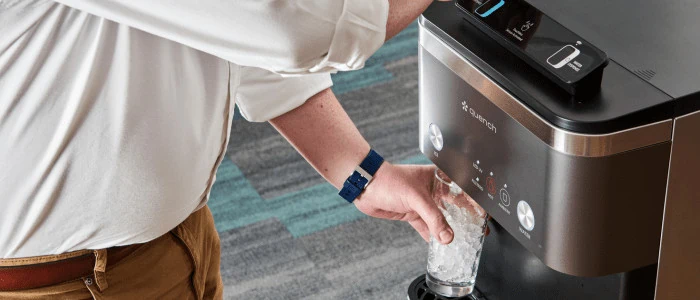Creative Ways to Organize Your Fridge and Freezer for Maximum Efficiency
Fridge and Freezer Organization Maximizing Space and Freshness
In today's fast-paced world, an organized fridge and freezer are essential for maintaining a healthy lifestyle and reducing food waste. With careful planning and thoughtful organization, you can maximize space, keep your food fresher for longer, and streamline your meal prep process. Here’s how to effectively organize your fridge and freezer.
1. Clean and Declutter
Before diving into organization, it’s vital to start with a clean slate. Begin by emptying your fridge and freezer completely. Dispose of expired items and any food that you won’t consume. Wipe down shelves and drawers with a mixture of water and white vinegar, which not only cleans but also helps eliminate odors. With a fresh start, you can assess what you have and what requires storage solutions.
2. Categorize Your Food
Once your fridge and freezer are clean, categorize your food items. For the fridge, you can create sections for dairy, meats, vegetables, fruits, and condiments. For the freezer, consider separating cooked meals, raw meats, vegetables, and frozen snacks. This method not only makes it easier to find items but also helps you keep track of what you have on hand, reducing the chances of food spoilage.
3. Utilize Clear Containers and Labels
Investing in clear storage containers can make a significant difference in how organized your fridge and freezer remains. Clear containers allow you to see what’s inside without opening them, saving you time and effort. Label each container with its contents and the date it was stored. This practice is especially beneficial when dealing with leftovers or meal prepped items. Knowing what you have and when to use it can help minimize waste.
4. Store Food at the Right Temperatures
fridge and freezer organization

Understanding the ideal temperatures for different food types is crucial for longevity. In a fridge, the optimal temperature should be at or below 40°F (4°C), while the freezer should be at 0°F (-18°C). Place raw meats on the bottom shelf to avoid any contamination of other items. Use crisper drawers for vegetables and fruits, as they help maintain proper humidity.
5. Practice FIFO First In, First Out
To ensure you consume older items before newer ones, employ the FIFO (First In, First Out) principle. Place older items at the front and newer ones at the back. This simple strategy encourages you to use up food before it spoils, aiding in sustainability and cost-effectiveness.
6. Consider Bins for Organization
Bins are fantastic tools for organization. Use small bins to group similar items, such as condiments or snacks, together. This keeps similar products together and helps avoid clutter. For items that are used frequently, consider placing them in a designated, easily accessible bin at the front of the fridge.
7. Regular Maintenance
Lastly, maintaining an organized fridge and freezer requires regular upkeep. Set aside time each week to check for expired items, reorganize, and clean if necessary. By making this a routine, you can prevent clutter from building up and ensure your food remains fresh and accessible.
In conclusion, organizing your fridge and freezer is not only a way to enhance efficiency in the kitchen but also an essential part of managing food waste and preserving freshness. By cleaning, categorizing, using clear containers, adhering to storage guidelines, practicing FIFO, utilizing bins, and maintaining organization, you can create a functional and sustainable food storage system. Embrace these tips to maximize your culinary experience and contribute positively to the environment.
















































































































